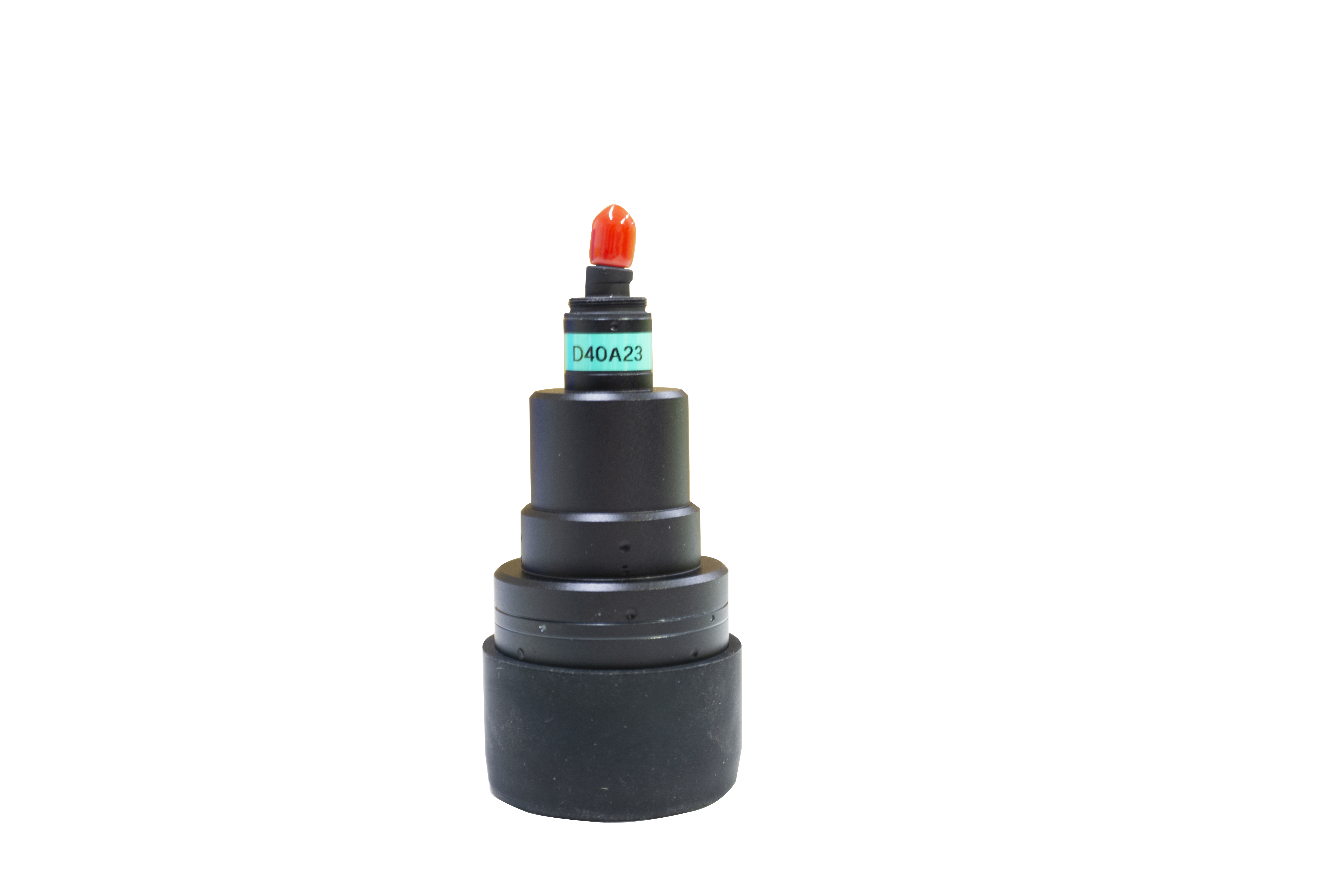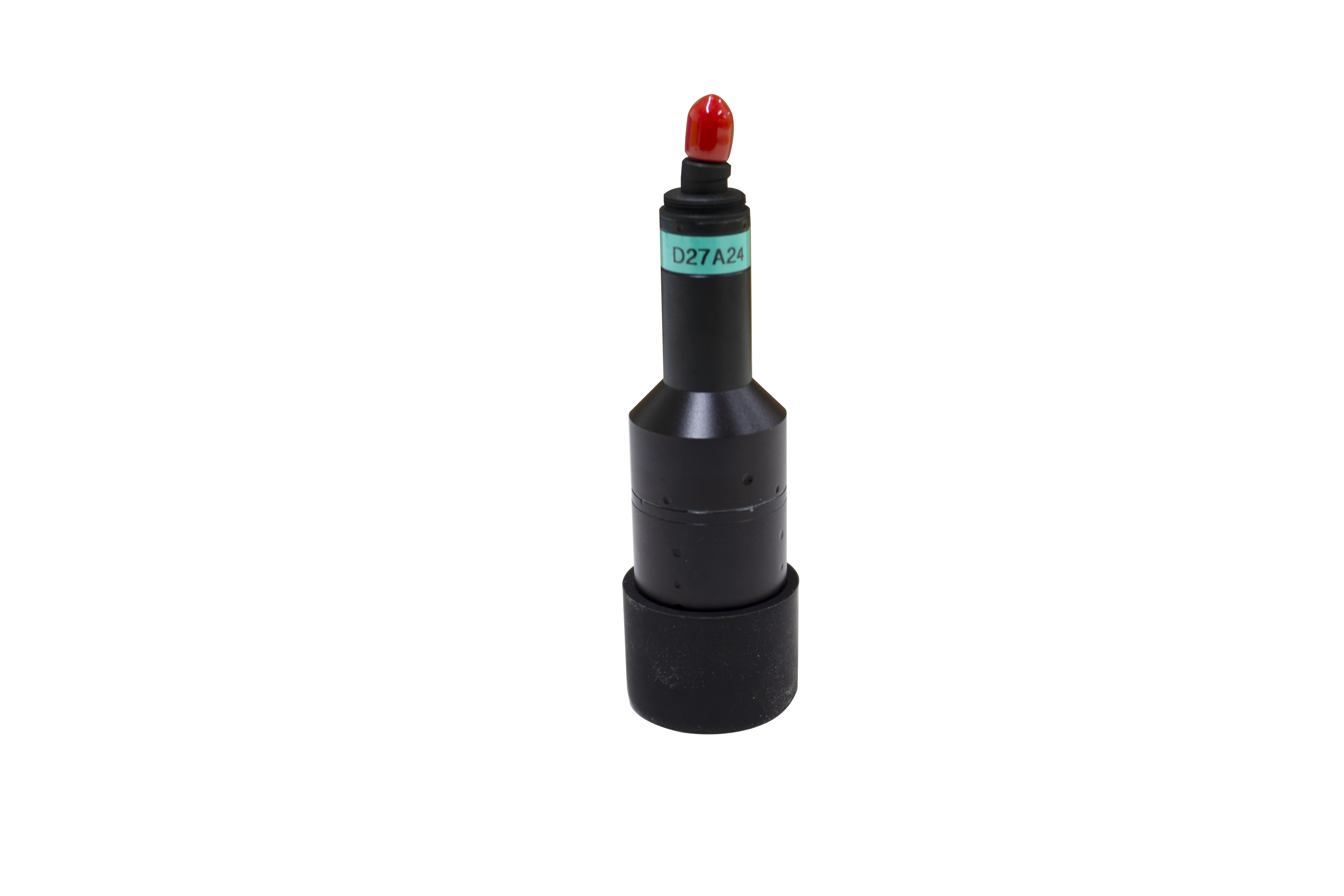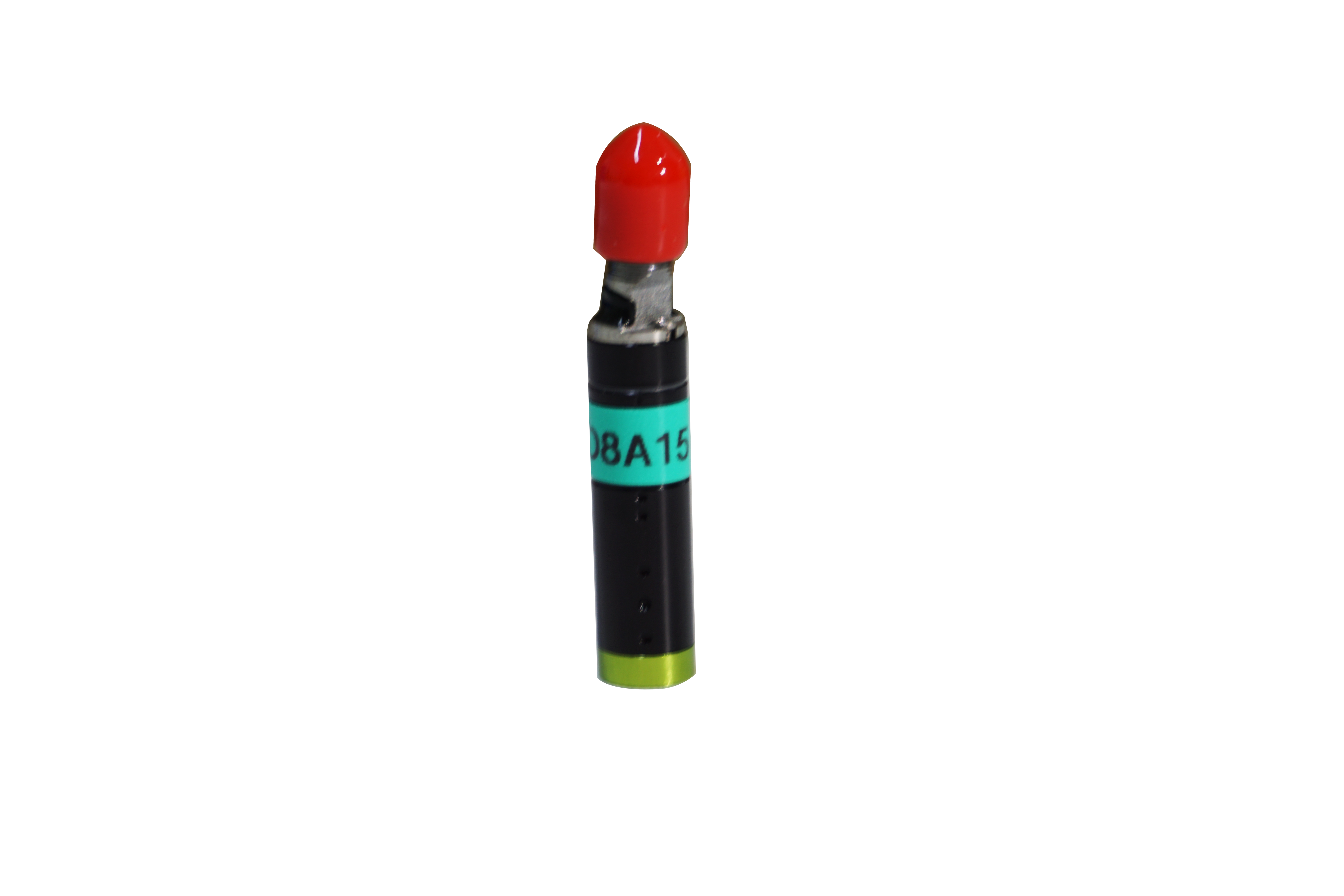2022-10-20
With the development of science and technology, displacement sensors are also constantly updated and developed. Displacement sensors are playing an increasingly important role in the field of science and technology, industrial and agricultural production and daily life. The increasingly high requirements for displacement sensors in various industries are a powerful driving force for the development of sensor technology. Today, I will briefly introduce the development direction of displacement sensors in the sensor technology industry:

1, integrated, multi-functional, intelligent
Sensor integration includes two definitions, one is the juxtaposition of multiple components of the same function, that is, the same type of single sensing element is arranged on the same plane with an integrated process, and a 1-dimensional linear sensor is arranged, and CCD image sensors belong to this case. Another definition of integration is multifunctional integration, that is, the sensor and the amplification, calculation and temperature compensation and other aspects of integration, assembly into a device. With the development of integration technology, various types of hybrid integrated and monolithic integrated pressure sensors have appeared one after another, and some have become commodities. Integrated pressure sensors have piezoresistive, capacitive, and other types, among which piezoresistive integrated sensors develop rapidly and are widely used. The multi-function of sensor is also one of its development directions. It can be said that intelligent sensor is the product of the combination of sensor technology and large-scale integrated circuit technology, and its realization will depend on the improvement and development of sensing technology and semiconductor integration technology. This kind of sensor has the advantages of multi-energy, high performance, small size, suitable for mass production and easy to use, and it can be said that it is one of the important directions of sensors.
2. Develop new sensors
The new sensor should include: adopting the new principle, filling the sensor blank, bionic sensor and so on. They are interrelated. The working mechanism of the sensor is based on various effects and laws, which inspires people to further explore sensitive functional materials with new effects, and to develop a new physical property sensor with new principles, which is an important way to develop high-performance, multi-functional, low-cost and miniaturized sensors. Structural sensors have been developed earlier and are becoming more mature. Structural sensor, generally speaking, its structure is complex, the volume is large, and the price is high. Physical sensors, on the contrary, have many attractive advantages and have not been developed enough in the past. All countries in the world have invested a lot of manpower and material resources in physical sensors to strengthen research, so that it has become a noteworthy development trend. Among them, the low sensitivity threshold sensor developed by using the effects of quantum mechanics to detect weak signals is one of the new trends.
3. New material development
Sensor material is an important foundation of sensor technology and an important support for sensor technology upgrade. With the progress of materials science, sensor technology is becoming more and more mature, and its types are more and more, in addition to the semiconductor materials and ceramic materials used in the early days, the development of optical fiber and superconducting materials provides a material basis for the development of sensors. For example, many semiconductor materials based on silicon are easy to miniaturize, integrated, multi-functional, intelligent, and semiconductor photothermal detectors have high sensitivity, high precision, non-contact and other characteristics, the development of modern sensors such as infrared sensors, laser sensors, optical fiber sensors; In the sensitive materials, ceramic materials, organic materials develop rapidly, can use different formulations of mixed raw materials, on the basis of precision deployment of chemical composition, through high-precision molding and sintering, to obtain a certain or a few gases have the identification function of sensitive materials, used to make a new gas sensor. In addition, polymer organic sensitive materials are a new type of sensitive materials with great application potential, which can be made into thermal, photosensitive, gas sensitive, humidity sensitive, force sensitive, ion sensitive and biosensitive sensors. The continuous development of sensor technology has also promoted the development of new materials, such as nanomaterials. The United States NRC company has developed a nano-ZRO2 gas sensor to control the exhaust emissions of motor vehicles, which has a good effect on purifying the environment and has a broad application prospect. Because the sensor made of nanomaterials has a huge interface, can provide a large number of gas channels, and the on-resistance is very small, which is conducive to the development of the sensor to miniaturization, with the continuous progress of science and technology, more new materials will be born
4. Smart materials
Smart materials refer to artificial materials that design and control the physical, chemical, mechanical, electrical and other parameters of materials, and develop the characteristics of birth materials or the performance of biological materials. Some people believe that materials with the following functions can be called smart materials: have the ability to self-adapt to the environment; With self-diagnosis function; With self-repair function; With self-reinforcing function (or time base function). The most prominent feature of biological materials is the time base function, so this sensor characteristic is differential type, it is more sensitive to the variational part. On the contrary, being in a certain environment for a long time and getting used to this environment, the sensitivity decreases. Generally speaking, it can adjust its sensitivity to the environment. In addition to biological materials, the most eye-catching smart materials are shape memory alloys, shape memory ceramics, and shape memory polymers. The exploration work of smart materials has just begun, and I believe there will be great development in the near future.
5, the adoption of new technology
In the development of new sensors, the adoption of new technology is indispensable. The meaning of the new process is very wide, here mainly refers to the micro-machining technology that is particularly closely related to the development of emerging sensors. The technology, also known as micromachining technology, is developed with the integrated circuit process in recent years, it is ion beam, electron beam, molecular beam, laser beam and chemical etching and other technologies for microelectronics processing, and has been increasingly used in the field of sensors. For example, sputtering, evaporation, plasma etching, chemical gas deposition (CVD), epitaxy, diffusion, corrosion, lithography, etc., a large number of sensors made of the above processes have been reported at home and abroad.



